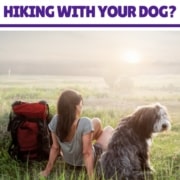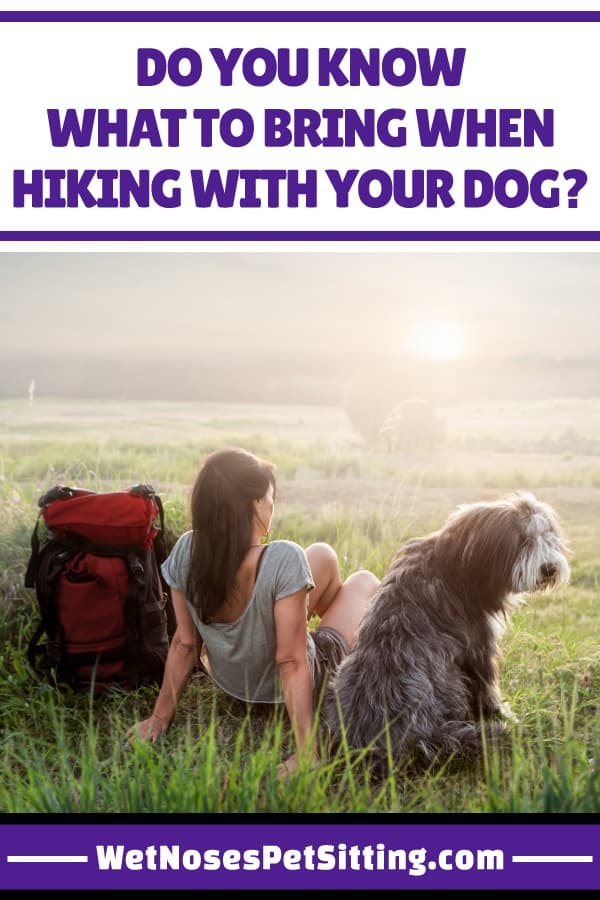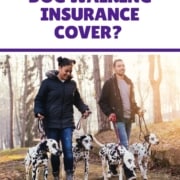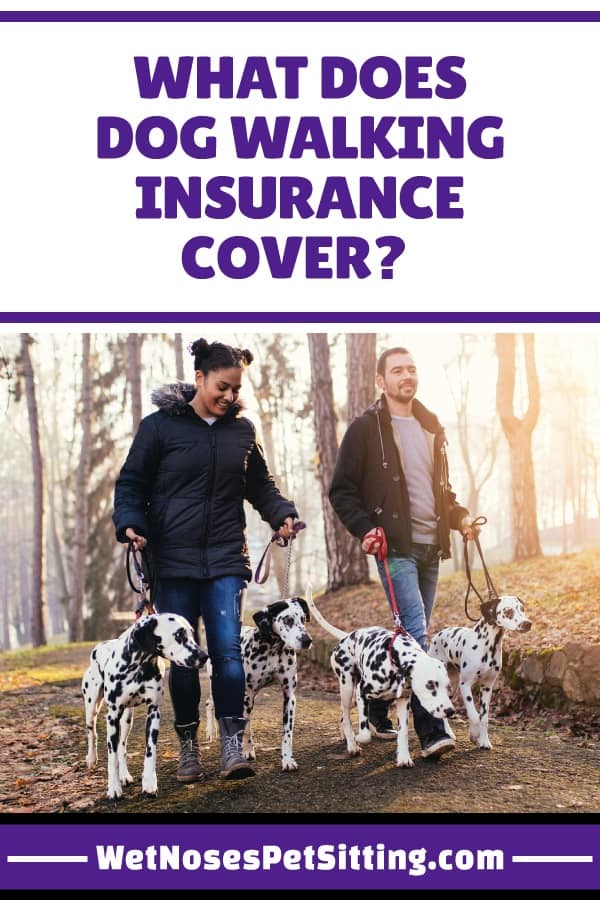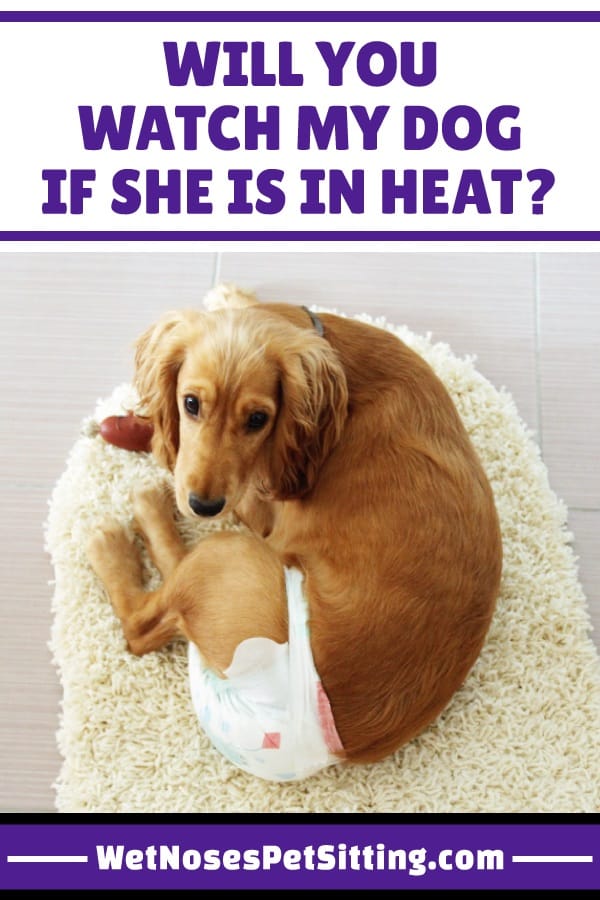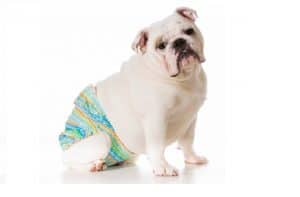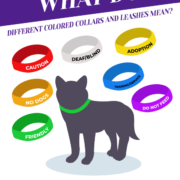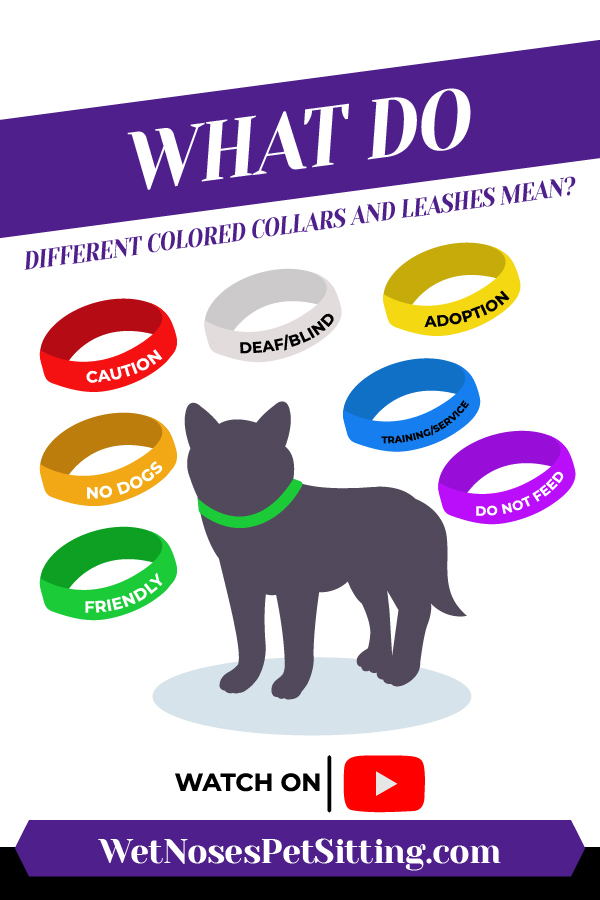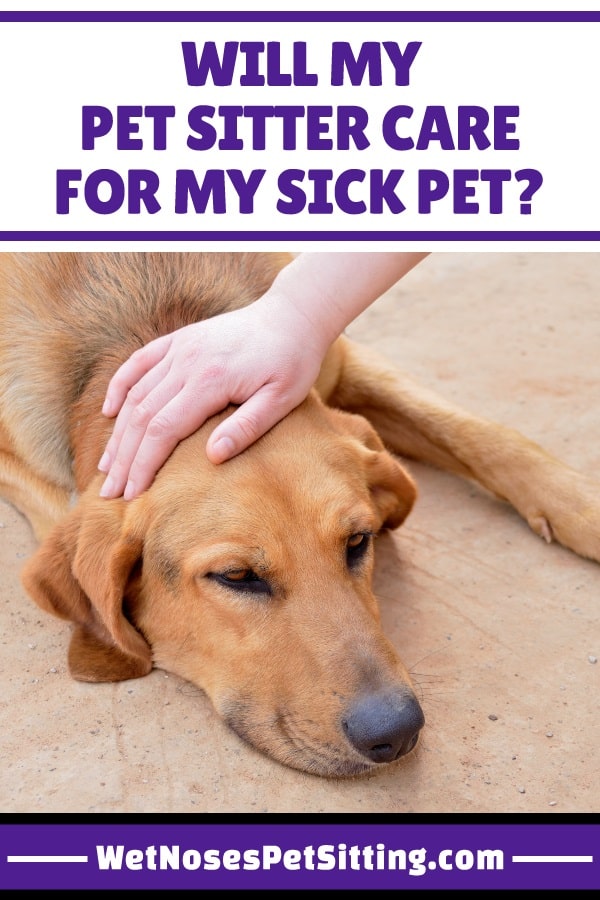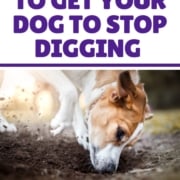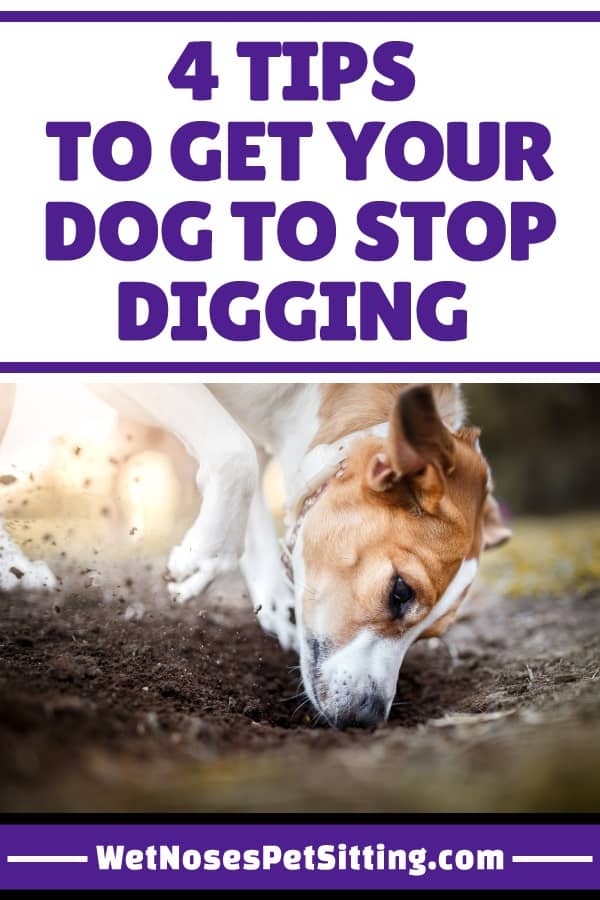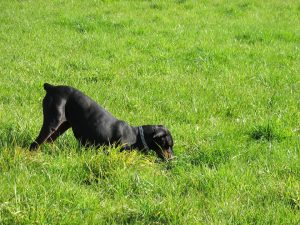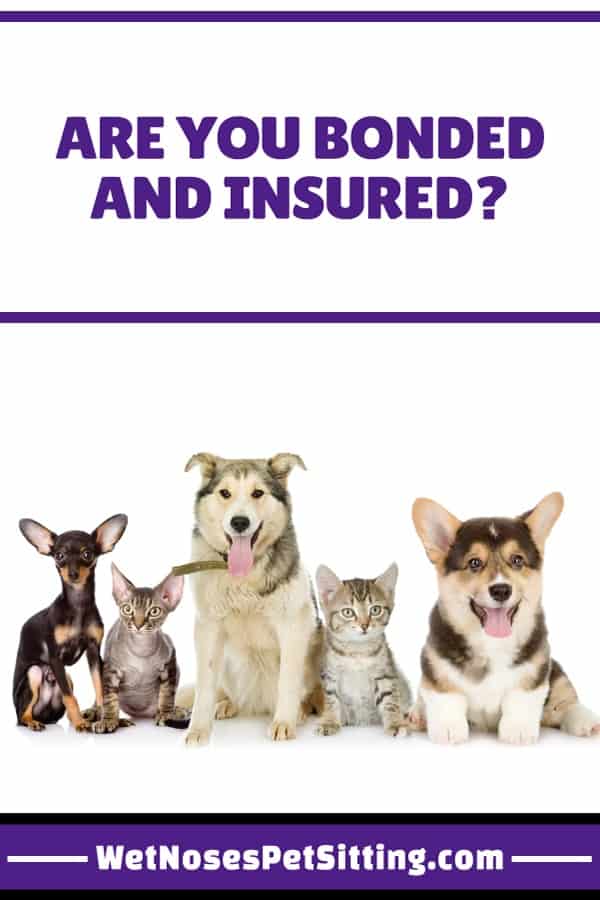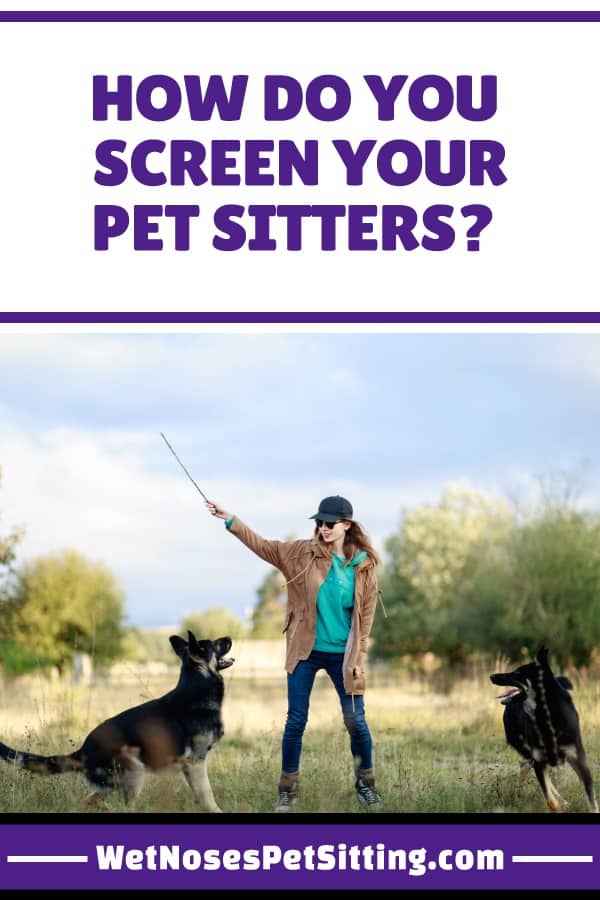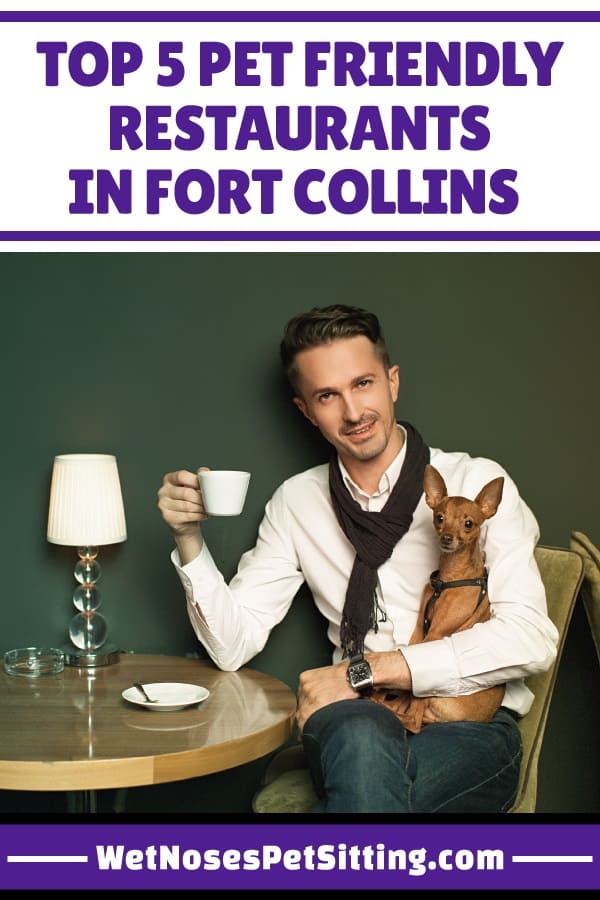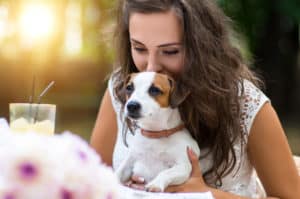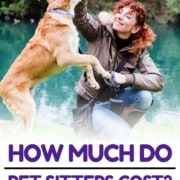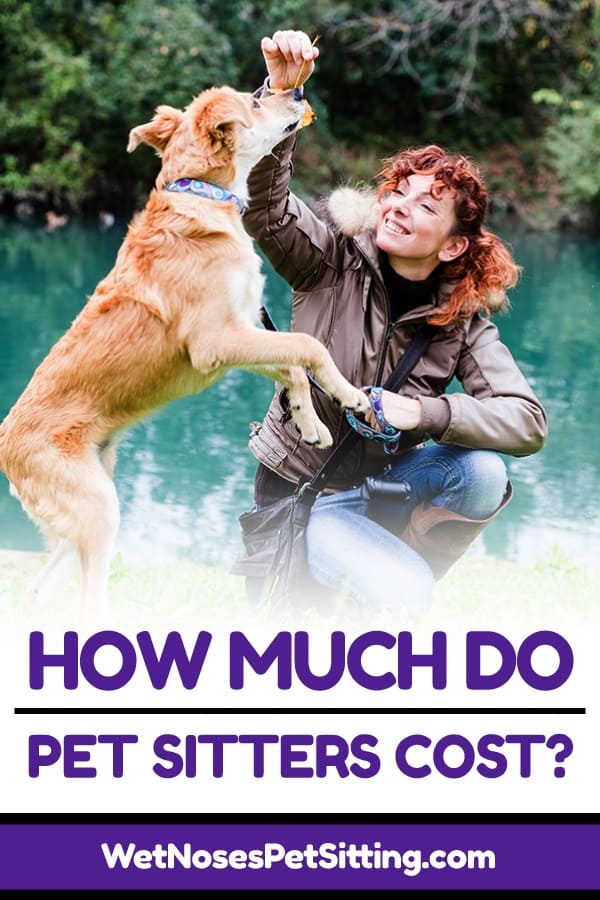Important Items to Bring When Hiking with Your Dog
I don’t know about you, but disconnecting from the world and getting out into nature is one of my favorite things. However much fun it can be, it does have the potential to be dangerous if you’re not prepared. This is even more true if you decided to bring your canine companion with you. Luckily, with a few important items hiking with your dog can be one of the best ways to spend the day.
Doggy Backpack

Hiking with your dog does mean extra supplies, so make them carry their own backpack with an extra leash and other supplies. Make sure not to overload it, the general rule is for the pack to weigh one pound to every 20 lbs of pup.
Collapsible Food and Water Bowls
A perfect item for you dog’s backpack is a collapsible bowl set for their food and water. This way no matter where on the trail you are, both of you can take a break for hydration and trail mix.
Paw Protecting Dog Booties
If you’re navigating particularly rocky terrain or if your dog is somewhat new to being outside on rough ground you may want to pack a pair of these puppy paw protecting boots. These are also perfect for hot pavement or sand.
Heavy Duty Waste Bags
The rule of the trail is what you pack in, you pack out. This is the same for waste unless your on a trail that allows you to scoop and bury someone off the main path. Either way packing heavy duty scent eliminating bags is essential. You may also want to bring a compact bag dispenser for them as well.
Me & My Dog Medical Kit
Bring a first aid kit is a hiking must, but having one made for both you and your dog is helpful and saves space of bringing extra doggy necessities on top of your own first aid kit.
Other things to consider
- Make sure your dog is trained well enough to obey commands while hiking
- Bring bug spray and sunscreen for both of you (baby/kid friendly products work well for dogs)
- Update ID’s and/or microchip and bring an extra set of tags if you can
- Snap a picture of your dog before you head out
- Make sure their shots are up to date
Hiking is blast. But it is more than just fun in the woods, being prepared is key to a successful trip.
What trails do you like to take with your dog? Let us know your favorite trails and hiking with your dog tips!

